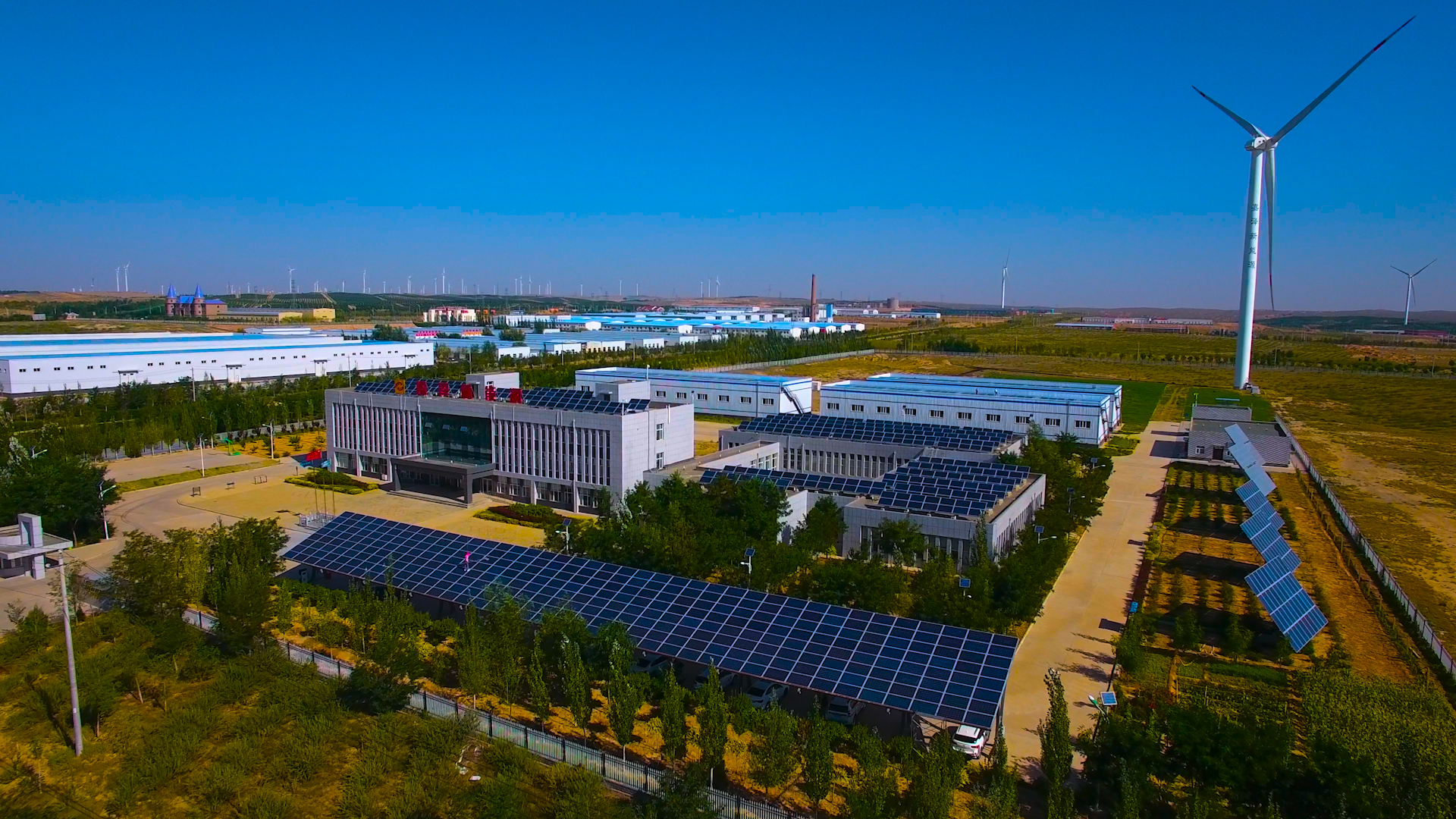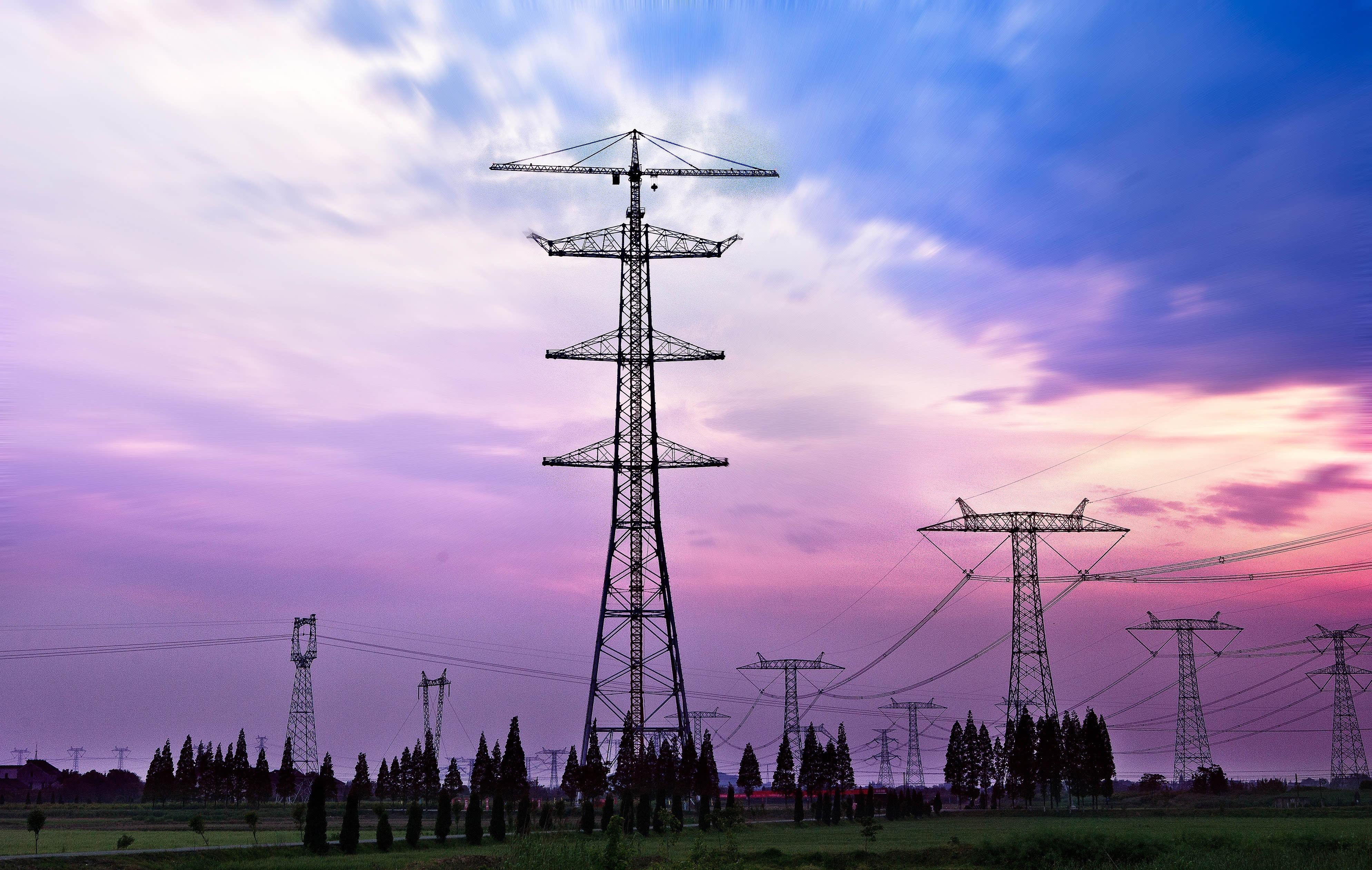
November. 23 Agustus 2023 17:01 Kembali ke daftar
Teknologi kunci dari microgrid pintar
Pengembangan dan implementasi smart microgrid bergantung pada beberapa teknologi utama. Pertama, penggunaan teknologi pembangkit listrik energi baru dan energi terbarukan sangatlah penting. Saat ini, jaringan mikro pintar terutama mengandalkan berbagai sumber energi terbarukan seperti fotovoltaik dan tenaga angin, serta hidrogen, gas alam, dan biogas. Teknologi pembangkit listrik yang matang ini memungkinkan pasokan energi yang terdiversifikasi dan berkelanjutan.
Secondly, energy storage plays a crucial role in microgrids. It helps to balance the intermittent nature of renewable energy sources by providing peak shaving and valley filling capabilities. Several energy storage technologies are currently being used, including battery energy storage, flywheel energy storage, superconducting magnetic energy storage, and supercapacitor energy storage. While lead-acid batteries are currently the most mature energy storage technology, they face issues such as short lifespan and lead pollution. However, the marketization of graphene batteries, which offer high energy, low cost, and high-quality performance, holds great promise for the future of energy storage in smart microgrids.

Ketiga, optimalisasi dan penyaluran energi pada jaringan mikro cerdas berbeda dengan jaringan listrik tradisional. Microgrid pintar menggunakan teknologi pengiriman optimasi energi ganda yang saling melengkapi secara horizontal. Hal ini memungkinkan pemanfaatan berbagai sistem manajemen energi secara efisien, mewujudkan keluaran panas, listrik, dan dingin. Selain itu, hal ini memungkinkan substitusi komplementer langsung antara pasokan daya yang berbeda, seperti cahaya/listrik, panas/dingin, angin/listrik, dan pertukaran energi langsung/AC. Pengiriman energi yang hierarkis dan teratur dalam hubungan sumber-penyimpanan-beban memastikan efisiensi pemanfaatan energi yang optimal.
Lastly, smart microgrids require effective protection and control technologies. With multiple power sources and loads in operation, adjustments and control through the energy storage system or the external power grid are necessary to accommodate load changes and power supply fluctuations. The microgrid control center handles the regulation, switching, and control of these power supplies. It monitors the power parameters, switching status, power quality, and energy parameters of each new energy power generation system, energy storage system, and load. Additionally, the microgrid control center focuses on energy saving and improving power quality to enhance the overall performance of the smart microgrid.

The rapid development of smart microgrids is reshaping the traditional power grid landscape. These microgrids establish an exchange of energy with the larger power grid, serving as backups for each other. This active distribution network enhances the reliability of power supply by integrating the capabilities of distributed energy resources. Smart microgrids offer great potential in reducing energy consumption, improving power system reliability, and enhancing flexibility. As a result, microgrid technology has gained significant attention and is seen as a new direction for power system reform. The marketization process of key equipment in smart microgrids will accelerate the advancement and performance of these technologies.
Produk-produk terkait:
Penyimpanan energi elektrokimia FlexPIus-EN-512
Akan dihapus jika melanggar
Situs web referensi: https://www.sohu.com/
-
Wireless DC Charging: The Next Frontier in Contactless EV Power Delivery
BeritaAug.04,2025
-
Hybrid BMS Energy Controls: Integrating Renewable Energy Sources
BeritaAug.04,2025
-
Blockchain for Secure and Decentralized EMS Power Systems
BeritaAug.04,2025
-
AI-Driven for Smart Grids: Energy Management System (EMS)
BeritaAug.04,2025
-
Advanced Distribution Management System (ADMS) Energy
BeritaAug.04,2025
-
5G-Enhanced BMS Energy Savings: Ultra-Low Latency Control
BeritaAug.04,2025























